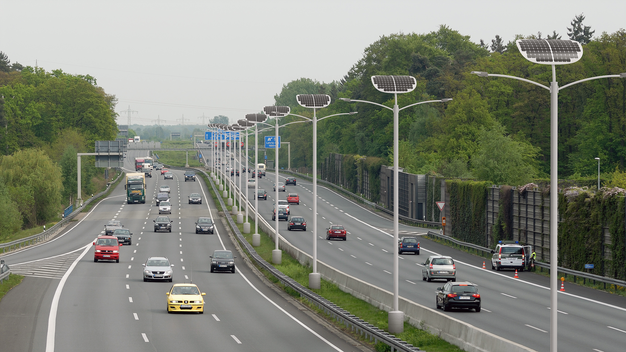
Now that 4G cellular mobile is settled, talk is now turning to 5G.
The first thing to know about 5G is that there are currently no standards, no detailed agreement on what exactly it will be. But we have a number of general indicators to guide the discussion:
1. 5G will employ radio frequencies well above what is currently used for cellular.
The current frequency bands for 3G/4G cellular top out at about 2.6 GHz. Proposals for frequency bands for 5G include “millimeter wave” bands, that is, wavelengths varying between 1 and 10 mm, which correspond to frequencies between about 30 and 300 GHz. No doubt, in the future, there will be unified 5G systems with variations operating in all frequency bands; but the current emphasis is on new technology in the millimeter wave bands.
2. 5G will provide very high bit rates.
With carrier frequencies at 30 GHz and above, very wide frequency bands around those center frequencies can be employed, allowing the radio frequency modems to achieve high numbers of bits per second. In addition, Multiple-Input, Multiple-Output (MIMO) designs can implement massive parallel communications, radically increasing the capacity available to a user. Initial designs and trials have measured 5 Gb/s (5,000 Mb/s). No doubt, this will be pushed beyond 10 Gb/s.
3. Initially, 5G will not be a replacement for 4G.
At millimeter wave frequencies, in-building penetration and refraction around obstacles is poor, and the atmosphere attenuates (diminishes) the signal to the point that line-of-sight between the antennas is necessary, and useful transmission range is measured in the hundreds of meters (yards). This means that the first deployments of 5G will be in environments where base stations can be closely spaced.
One application for all this bandwidth is traffic control: going beyond today’s standalone self-driving vehicles to vehicles communicating with each other and with traffic control systems, with base stations deployed on street lights as suggested by the picture.
